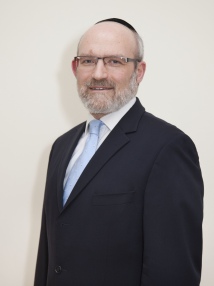BibTex format
@article{Gilbert:2016:10.1111/bju.13687,
author = {Gilbert, DC and Duong, T and Kynaston, HG and Alhasso, AA and Cafferty, FH and Rosen, SD and Kanaga-Sundaram, S and Dixit, S and Laniado, M and Madaan, S and Collins, G and Pope, A and Welland, A and Nankivell, M and Wassersug, R and Parmar, MK and Langley, RE and Abel, PD},
doi = {10.1111/bju.13687},
journal = {BJU International},
pages = {667--675},
title = {Quality of life outcomes from the PATCH trial evaluating LHRH agonists versus transdermal oestradiol for androgen suppression in advanced prostate cancer},
url = {http://dx.doi.org/10.1111/bju.13687},
volume = {119},
year = {2016}
}

